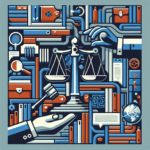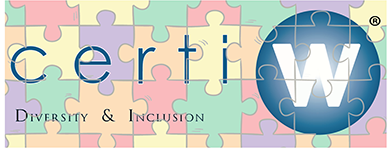
# New Governance Guidelines: UNI 11961 and Compliance in Organizations
## Introduction
In recent years, corporate governance has undergone significant evolution, driven by an increasing demand for transparency and accountability. In this context, the new UNI 11961 standard aims to provide a framework for organizations seeking to ensure compliance with national and international regulations. This standard integrates with the compliance management system UNI ISO 37301:2021 and the Organizational, Management, and Control Models provided for by Legislative Decree no. 231/2001.
## The Importance of Compliance
Compliance is a fundamental concept in the contemporary world, as it entails adherence to laws, regulations, and corporate standards. Its goal is to prevent illegal behaviors and irregularities within organizations, promoting an ethical and responsible corporate culture. With the implementation of UNI 11961, organizations now have specific guidelines to build and develop effective models capable of addressing compliance-related challenges.
## UNI 11961: A New Era of Governance
UNI 11961 enriches the landscape of organizational governance, complementing an existing regulatory framework that already includes other important standards. The ISO 370XX series, which addresses topics such as anti-corruption compliance, whistleblowing, conflicts of interest, and fraud control, represents a significant tool for organizations wishing to implement responsible governance practices.
### Objective of the Standard
The main objective of UNI 11961 is to facilitate the interaction between the compliance management system and the organizational models established by Legislative Decree no. 231/2001. This synergy allows organizations to develop an integrated and effective approach to compliance management, ensuring that various aspects of governance are aligned and coherent with one another.
### Structure and Content of UNI 11961
The standard is divided into several sections that provide practical guidance for its implementation. Among the main points addressed, we find:
1. **Definition of Fundamental Principles**: UNI 11961 outlines the guiding principles that should underpin organizational models, fostering the creation of a compliance culture within the organization.
2. **Risk Assessment**: A crucial element for effective compliance management is the assessment of associated risks. The standard provides precise guidelines on how to identify and analyze risks, in order to adopt appropriate preventive measures.
3. **Monitoring Tools**: Performance indicators and monitoring tools are essential for ensuring that compliance policies are adhered to. UNI 11961 offers guidelines on how to develop such tools and their practical application.
4. **Training and Awareness**: To ensure the success of a compliance model, it is vital to train and raise awareness among personnel. The standard emphasizes the importance of clear communication and a proper training program.
5. **Role of Supervisory Bodies**: UNI 11961 also supports Supervisory Bodies, suggesting how they can use the standard as a systemic tool in their role of controlling and supervising the adopted organizational models.
## Benefits of Implementing UNI 11961
The adoption of UNI 11961 offers numerous advantages for organizations. Among these, the most relevant include:
– **Improvement of Corporate Image**: An effective compliance model can help enhance the organization’s reputation, building trust among customers, partners, and stakeholders.
– **Reduction of Penalty Risks**: A robust compliance management system can significantly reduce the risk of sanctions and penalties arising from regulatory violations.
– **Greater Operational Efficiency**: Integrating various aspects of governance into a coherent system enables organizations to operate more efficiently, facilitating the identification of critical areas and opportunities for improvement.


